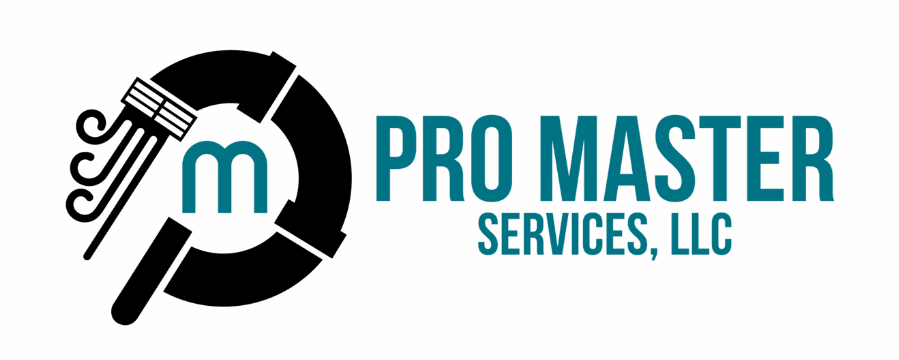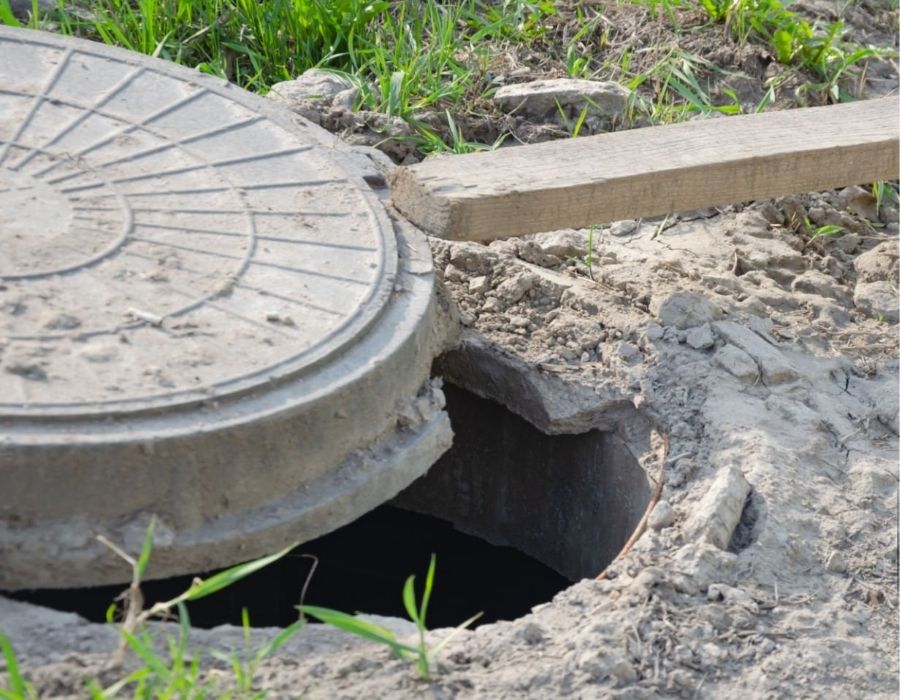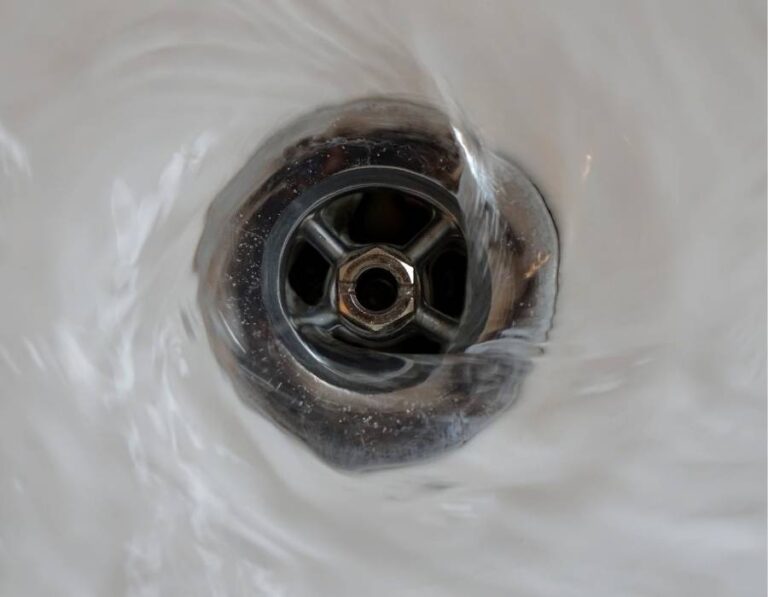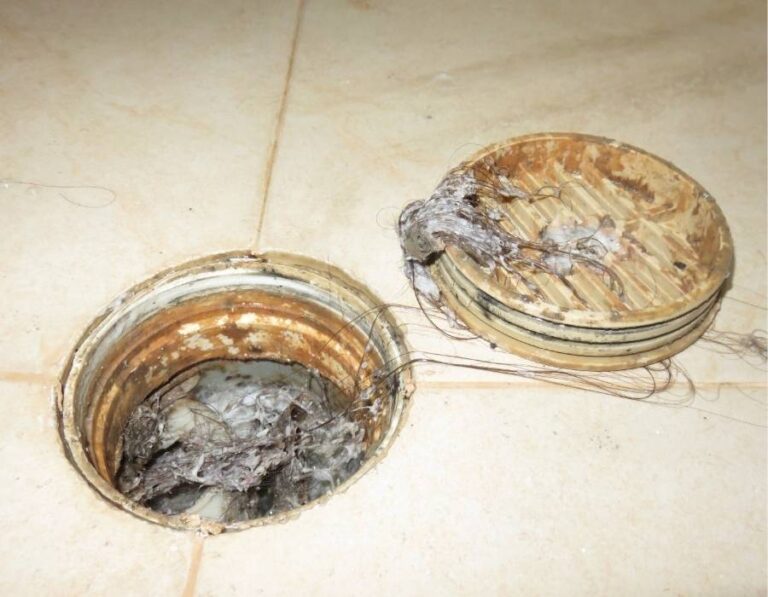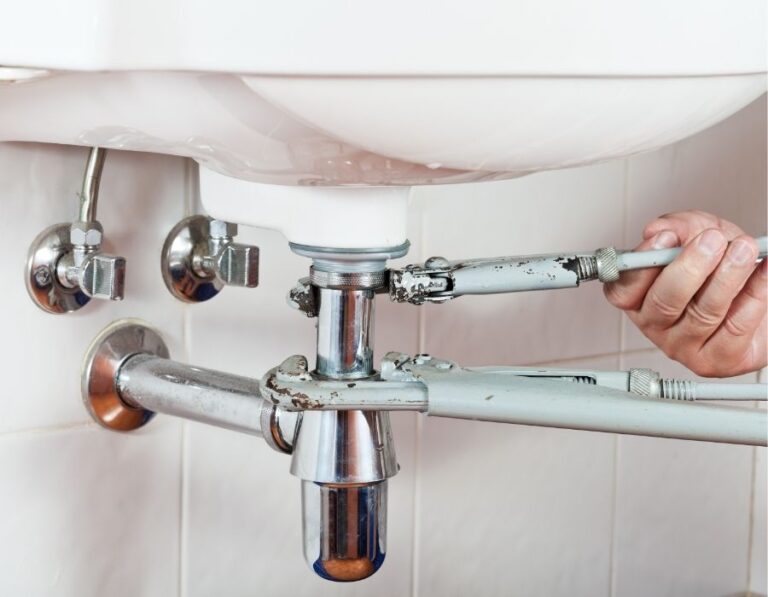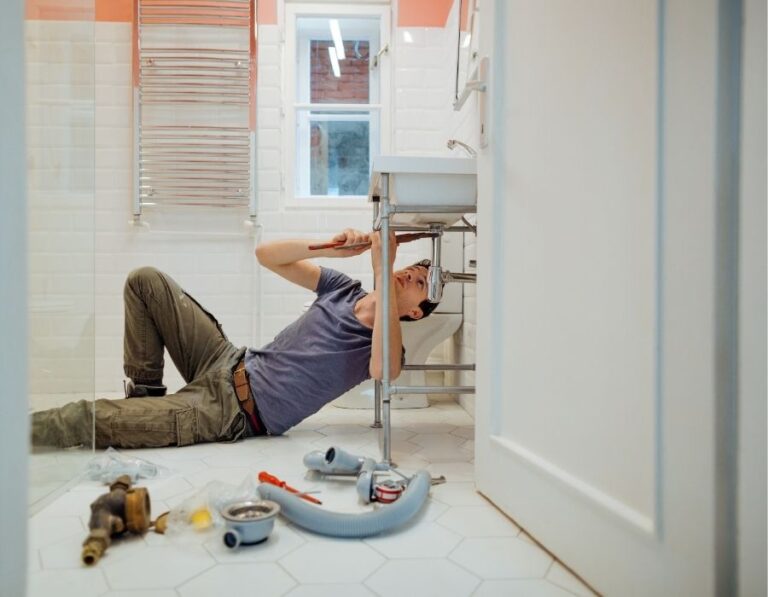Tree Roots Invading Your Sewer in Utah? Fast Fixes to Avoid Thousands in Pipe Damage
It starts subtly—sluggish drains, odd gurgling sounds, or a foul odor creeping from your yard. In Utah’s residential neighborhoods, these are telltale signs of a major plumbing nightmare: tree roots invading your sewer line. Given Utah’s soil conditions, older homes with clay or cast iron pipes are especially vulnerable.
Left unchecked, root intrusion can cause extensive pipe damage, costing Utah homeowners $3,000 to $20,000 in repairs or replacements. But here’s the good news: this damage is preventable. Whether you’re a homeowner in Salt Lake City or Provo, this article will give you smart, actionable strategies to stop root invasions before they become a financial disaster.
What Causes Tree Roots to Invade Sewer Lines?
Tree roots are instinctively drawn to moisture and nutrients—the very things flowing through your home’s sewer lines. Even the smallest cracks, loose pipe joints, or aging seals can release vapor or trace moisture into the surrounding soil. To a thirsty root system, that’s an open invitation. Once roots penetrate a pipe, they can rapidly expand inside, clogging the line or even causing it to rupture.
In Utah’s arid climate, this problem is magnified. Trees work harder to find water sources, and aggressive species like willows, poplars, and elms are especially notorious for targeting underground plumbing. When you combine water-hungry trees with aging or brittle sewer infrastructure—common in many Utah neighborhoods—you’re looking at a high risk of root intrusion and potentially expensive repairs. Regular inspections and proactive root management are essential for keeping your sewer lines clear and your plumbing system protected.
Common Signs of Root Invasion in Your Sewer Line
Tree roots don’t just block your pipes overnight—they send subtle warning signs first. Catching these early can save you from serious plumbing damage and costly repairs down the road.
- Slow Drains – If more than one drain in your home is sluggish, it’s likely a mainline issue, not just a simple clog.
- Gurgling Toilets – Bubbling or gurgling noises can indicate trapped air caused by a partial blockage in the sewer line.
- Sewer Backups – One of the most severe and unmistakable signs. If wastewater comes back up into sinks or tubs, roots may have taken over.
- Lush, Green Patches in the Yard – Tree roots feeding on leaking sewage can cause oddly vibrant or fast-growing spots in your lawn, directly above the damaged pipe.
- Frequent Drain Cleaning – If you find yourself reaching for the plunger or calling the plumber more than usual, a deeper root problem may be to blame.
Ignoring these symptoms doesn’t just risk your plumbing—it can lead to cracked pipes, sewage leaks, and even damage to your home’s foundation. If you’re noticing more than one of these signs, it’s time to schedule a professional sewer line inspection.
7 Powerful Ways to Stop Tree Roots in Your Utah Sewer Line
1. Schedule a Professional Sewer Camera Inspection
A video inspection offers a non-invasive, visual diagnosis of your sewer line. It helps identify root locations, pipe damage, and blockages. Many Utah plumbing companies offer this service for under $250—a worthy investment that can save you thousands later.
2. Use Foaming Root Killers (Sewer-Safe)
Products like RootX or Zep Root Kill are non-systemic herbicides that foam and coat the interior of pipes. They kill roots without damaging the tree or pipe, making them ideal for yearly maintenance. Best of all, they’re budget-friendly, with most treatments costing $30–$50.
3. Hydro Jetting for Heavy Root Buildup
Hydro jetting uses high-pressure water to obliterate roots and clear the sewer line. While highly effective, this should only be done by licensed Utah plumbers, especially for older pipes which might be fragile. Costs typically range from $300 to $700.
4. Trenchless Sewer Repair or Replacement
If roots have already compromised your pipes, trenchless technologies like pipe bursting or lining can save your landscaping while fixing the problem. Although prices vary, these methods are 40% less invasive than traditional dig-and-replace solutions.
5. Install a Root Barrier
Proactively placing a physical or chemical root barrier between trees and your sewer lines is smart, especially in tree-heavy Utah neighborhoods. It forces roots to grow away from pipes and works best when installed during landscaping or new home builds.
6. Replace Clay or Cast Iron Pipes with PVC
Old homes in Utah commonly use materials like clay or cast iron, which are more prone to root intrusion. Modern PVC piping is more durable and root-resistant. Replacing outdated lines may cost more upfront but offers decades of protection.
7. Work With Arborists for Smart Tree Planting
Avoid planting fast-growing, aggressive-root trees near sewer lines. Consult a Utah-based arborist to choose low-risk species and ensure proper root management. Prevention here could save you major expenses down the road.
FAQs About Tree Roots and Sewer Lines in Utah
Stop Root Damage Before It Starts
Utah homeowners deal with a perfect storm: aging sewer infrastructure, drought-hungry trees, and aggressive root systems all working against your plumbing. But with the right knowledge—and a proactive mindset—you can stay ahead of root invasions before they turn into major repairs.
Whether you’re trying to prevent issues or already seeing signs of trouble, the best move is to act early. Routine sewer line inspections, smart landscaping choices, and timely professional intervention can save you thousands in repairs and spare you the headache of sewage backups or broken pipes. Don’t wait for the damage to surface—protect your pipes, your yard, and your peace of mind by making root prevention part of your regular home maintenance plan.
